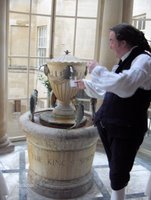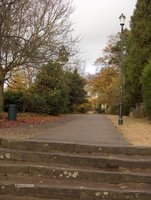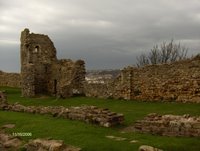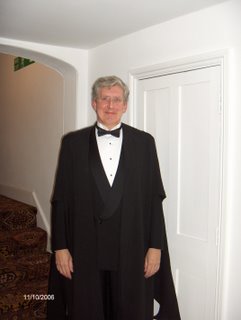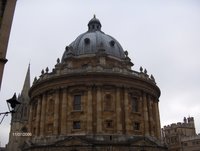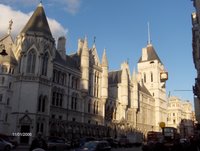A Passage (Underground) to India
Yesterday, Cy and Elizabeth wanted to visit two of London’s Indian communities that they had not already visited. 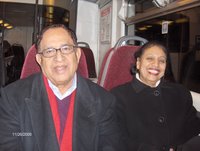 But they were a little (and unnecessarily) nervous about getting here and there on the Underground. So, I happily volunteered to be their subway-gurkha.
But they were a little (and unnecessarily) nervous about getting here and there on the Underground. So, I happily volunteered to be their subway-gurkha.
We went to the Green St. neighborhood first, exiting the tube at Upton Park way on the east side of London. We ended up walking to East Ham. Elizabeth called it a “little Bombay”–so, if I ever am lucky enough to visit India, I wonder if Bombay will seem a “big Green St.” to me. We ate a terrific Madras/Sri Lanka breakfast at a place called “Chennai Dosa”–it’s a chain, but very good and very popular, it seems. Lots of street shops and business taking place on the go. Extremely friendly and helpful people–the fact that Elizabeth speaks Hindi and Cy knows several southern dialects no doubt helped people be even more helpful. In fact, everyone spoke English with a far more la-di-dah accent than I.
We ate a terrific Madras/Sri Lanka breakfast at a place called “Chennai Dosa”–it’s a chain, but very good and very popular, it seems. Lots of street shops and business taking place on the go. Extremely friendly and helpful people–the fact that Elizabeth speaks Hindi and Cy knows several southern dialects no doubt helped people be even more helpful. In fact, everyone spoke English with a far more la-di-dah accent than I. We then went all the way to the west side of London, three exchanges, exit at Wembley Central. The shops here seemed a bit more upscale to me, spectacular gold and fabrics as well as food and spices.
We then went all the way to the west side of London, three exchanges, exit at Wembley Central. The shops here seemed a bit more upscale to me, spectacular gold and fabrics as well as food and spices.
By far the most spectacular single sight is the Hindu temple that is under construction and so sadly closed to the public. What I thought were Christmas lights are decorations left-over from Divali; everyone seemed perfectly happy to let them stay up for anyone who wanted to use illuminated tea and rice advertisements for celebrating Christmas too. Om y'all!
 But they were a little (and unnecessarily) nervous about getting here and there on the Underground. So, I happily volunteered to be their subway-gurkha.
But they were a little (and unnecessarily) nervous about getting here and there on the Underground. So, I happily volunteered to be their subway-gurkha.We went to the Green St. neighborhood first, exiting the tube at Upton Park way on the east side of London. We ended up walking to East Ham. Elizabeth called it a “little Bombay”–so, if I ever am lucky enough to visit India, I wonder if Bombay will seem a “big Green St.” to me.
 We ate a terrific Madras/Sri Lanka breakfast at a place called “Chennai Dosa”–it’s a chain, but very good and very popular, it seems. Lots of street shops and business taking place on the go. Extremely friendly and helpful people–the fact that Elizabeth speaks Hindi and Cy knows several southern dialects no doubt helped people be even more helpful. In fact, everyone spoke English with a far more la-di-dah accent than I.
We ate a terrific Madras/Sri Lanka breakfast at a place called “Chennai Dosa”–it’s a chain, but very good and very popular, it seems. Lots of street shops and business taking place on the go. Extremely friendly and helpful people–the fact that Elizabeth speaks Hindi and Cy knows several southern dialects no doubt helped people be even more helpful. In fact, everyone spoke English with a far more la-di-dah accent than I. We then went all the way to the west side of London, three exchanges, exit at Wembley Central. The shops here seemed a bit more upscale to me, spectacular gold and fabrics as well as food and spices.
We then went all the way to the west side of London, three exchanges, exit at Wembley Central. The shops here seemed a bit more upscale to me, spectacular gold and fabrics as well as food and spices.By far the most spectacular single sight is the Hindu temple that is under construction and so sadly closed to the public. What I thought were Christmas lights are decorations left-over from Divali; everyone seemed perfectly happy to let them stay up for anyone who wanted to use illuminated tea and rice advertisements for celebrating Christmas too. Om y'all!











